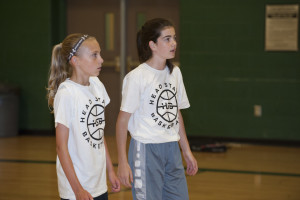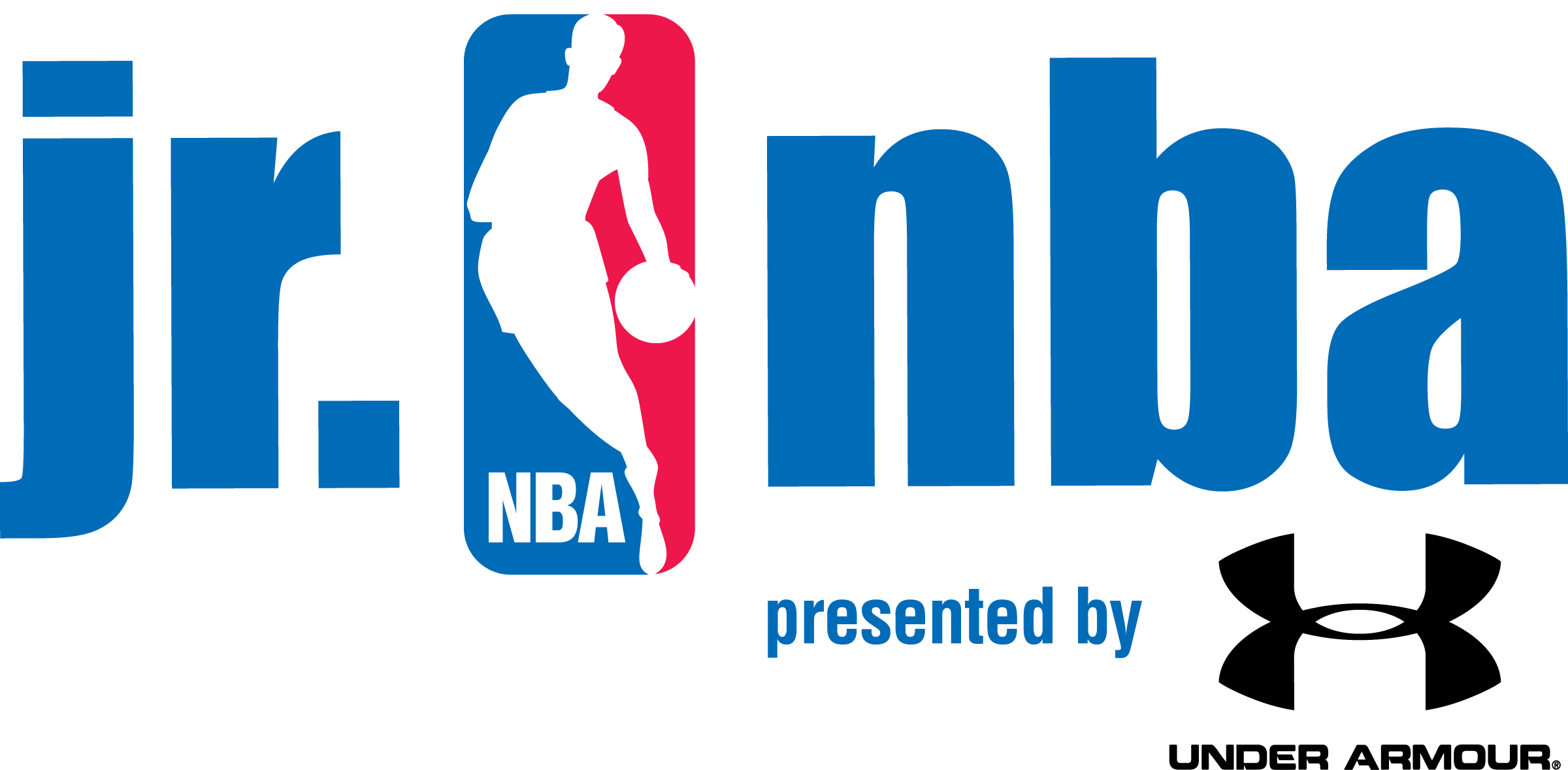
Basketball on the Edge – 21 Ways to Leave Your Mark on the World by George Raveling

Tremendous article this week that will inspire coaches, players, and parents alike by Basketball Hall of Famer George Raveling.
Click here to read the article by George Raveling
Click here to register for one of our upcoming programs!
Sign up now to get a “Head Start” on your competition with our free basketball tip of the day delivered straight to your inbox. Click below, enter your email and we’ll also send you our E-Book, “Mental Toughness, Improve Your Brain – Improve Your Game”.
Basketball on the Edge – 10 Things To Do When The Clock Is Stopped – Vintage Edition
1. Check the time and score.
Good players always know the time and the score. Be sure to remind your teammates of the game situation and how that impacts your strategy. Are we ahead or behind? Do we need to foul?
2. Make sure your teammates know who they are guarding.
Get everyone on your team to talk and point and communicate. This is especially important the younger you are. Missed assignments often result in easy baskets for the other team!
3. Remind a teammate individually of their responsibility.
Examples of this might include, “You’re taking the ball out of bounds against the press” or “Make sure you set the backscreen when we run the offense next time down,”
4. Gather your team together for a quick huddle.
You can’t take too much time, but just a quick word of encouragement, “Let’s D-up” or “Come on, we need to get a good shot next time down.” can help your entire team come together at critical moments in the game.
5. Compliment a teammate for a nice play.
“Nice pass on that last fast break!” or “Great defense against their pick and roll!” can go a long way toward encouraging your teammates to keep their effort level high and their head in the game.
6. Look to your coach.
Often your coach will use a stop in play to give instructions. If the gym is loud you may not hear, by giving the coach a quick glance when the whistle blows you’ll know if he or she is trying to get your attention.
7. Focus on what you need to do in the moment.
What are your responsibilities? Focus in on your role and what you can do to help your team on the next possession. Are you guarding the inbounder? Are you supposed to set a screen for a teammate? Is the other team pressing? Where should you be on the court? These are all things that you can be mentally rehearsing during a stop in play.
8. Catch your breath.
Your adrenalin level is high and you have been hustling all over the floor (you have been right?). Take a second when the whistle blows to take a deep breath and compose yourself so you are ready when play resumes.
9. Let your teammates know your time-out situation.
Do you have time-outs left? Tell your teammates “We have a time-out if we need it.” Do you have no time-outs? Tell your teammates “No time-outs left!” Games have been won and lost because teams didn’t know their time-out situation.
10. Let your teammates know the foul situation.
Are you in the one and one or double bonus? Let your teammates know. Comments like “Be strong with the ball, they have to foul” or “Let’s take the ball hard to the basket, we’re in the bonus” can help remind teammates to take advantage of opportunities to get to the free throw line.
These are ten things that good players can do when the clock is stopped during a basketball game. Many players use this time to look into the crowd, complain to an official, or get down on themselves for something that already happened. Don’t be that type of player. Instead, use the time when the clock is stopped to do one or more of the valuable things on this list to help your team win more games.
Click here to register for one of our upcoming programs!
Sign up now to get a “Head Start” on your competition with our free basketball tip of the day delivered straight to your inbox. Click below, enter your email and we’ll also send you our E-Book, “Mental Toughness, Improve Your Brain – Improve Your Game”.
Basketball on the Edge – How Competing in Life is Just Like Playing Basketball by Jake Thompson
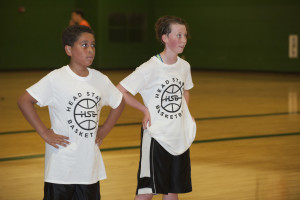
As we head into the year 2019, this article by Jake Thompson from Compete Every Day gives you some concrete examples of how you can bring your basketball mindset to improve your every day life off the court.
Click here to read the article by Jake Thompson
Click here to register for one of our upcoming programs!
Sign up now to get a “Head Start” on your competition with our free basketball tip of the day delivered straight to your inbox. Click below, enter your email and we’ll also send you our E-Book, “Mental Toughness, Improve Your Brain – Improve Your Game”.
Basketball on the Edge – The Coach that Taught Me to Compete Like Michael Jordan by Trevor Huffman
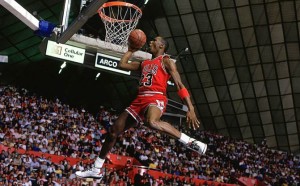
Tremendous article by my friend and fellow Kent State Basketball alum Trevor Huffman. Trevor writes about the lessons he learned from his High School JV Coach, Matt Tamm that he carried with him through high school, college, and the pros. Great advice here for players, parents, and coaches.
Click here to read the article by Trevor Huffman
Click here to register for one of our upcoming programs!
Sign up now to get a “Head Start” on your competition with our free basketball tip of the day delivered straight to your inbox. Click below, enter your email and we’ll also send you our E-Book, “Mental Toughness, Improve Your Brain – Improve Your Game”.
Basketball on the Edge – Does Practice Need to be Fun? – Vintage Edition
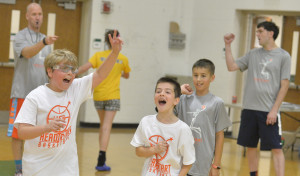
Approaching a practice session with the right approach can make all the difference in maximizing the time a young player spends on the court. Parents who work with their own child or coaches that work with a team of kids are often torn between two schools of thought. The first group believes that practice should involve all drills, mainly repetitive, to build fundamental skills. The second group believes that games, competition, and scrimmages are the best way for young players to learn the game. Which of these methods is more fun? Which of them is more effective? Let’s examine the question of whether practice needs to be fun.
The repetitive drill or block practice approach is often criticized for being “boring”. Who wants to shoot 50 left-handed layups in a row or do the same ballhandling routine day after day? The fact is that most young players need plenty of instruction and repetitive drill work to master the basic fundamentals of the game. There is no escaping the need to put “work” into the game. Yet, at the same time it is very easy for practices filled with repetitive drills to be boring for kids. The way to solve that issue is to use variety and add-ons to make working on a skill more challenging. Most young players enjoy a challenge provided it is something that they can realistically achieve. If the challenge becomes too great and frustration begins to set in, it is time to move on to another drill or add something else to change the feel of the drill. You could work on a different skill that the kids are good at and then come back to the one the kids were struggling with later or at the next practice. Or If you are working on shooting layups off the correct foot for example, you could have the players execute a simple crossover dribble prior to shooting the layup thereby changing the drill (and the challenge) while still getting in more work on the targeted skill. You could split the group into teams and have them compete to see who can make the most layups emphasizing that the layup must be shot with correct technique in order to count. All of these subtle changes can make a big difference in how “drills” are perceived by young players. Drill work is necessary for kids to master a basic basketball skill set. Keep the drills short in duration and long on variety and they’ll have more fun while developing their basketball skills.
The games or random practice approach is based on the idea that games are fun and that the best way to learn “game skills” is to practice under the most game-like conditions possible. Games and scrimmages are perceived to be more fun by most kids when compared to drills. If you’ve ever coached a team of kids in any sport at any level I’m sure you have heard the question, “When are we going to scrimmage?” The fact is, kids love to play. Adding game-like practice activities can make learning fun for kids and give them an opportunity to experience the in-game decision making that they might face in live game action. However, keep in mind that kids still need a basic skill set before they can get much value out of a game-like practice setting. The younger the players, the more “drill work” you need. As players get older they can handle more short squad games and random practice situations. Let’s say your players are playing 2 on 2 and you want to work on cutting to the basket after making a pass or you want to work on setting a ball screen. You can first create a drill to teach the basic fundamental skill of cutting or screening that you want to teach and then have players play 2 on 2 with the rule that the only way they can score is off a basket cut or a ball screen. Players are now practicing the same skill in two ways. Most likely players will have more fun in the 2 on 2 game than the drill, but that doesn’t mean the drill has to be unimaginative or boring. Add some other skills to the drill that add to the challenge, maybe a pass from a teammate before the move is made, or add in defenders to challenge the offense once the basic footwork and movement have been practiced.
The bottom line on fun is this. The younger the player the more that “fun” should be an emphasis. We know that having fun is one of the main reasons kids play sports. With just a little bit of effort on the part of the coach or parent, basketball practice can be a fun experience for kids. Once it ceases to be fun, kids will likely drop out of the game before they ever reach their potential. How do kids define fun? Practice might not be always be “fun” like playing on the playground is “fun,” but if fun can be defined as the opposite of boring, well designed drills should be fun. I don’t think fun means everyone is having a great time and no one is taking practice seriously. However, I also do not believe that practice must exclusively be work. Improvement and fun can be present in the same practice environment.
